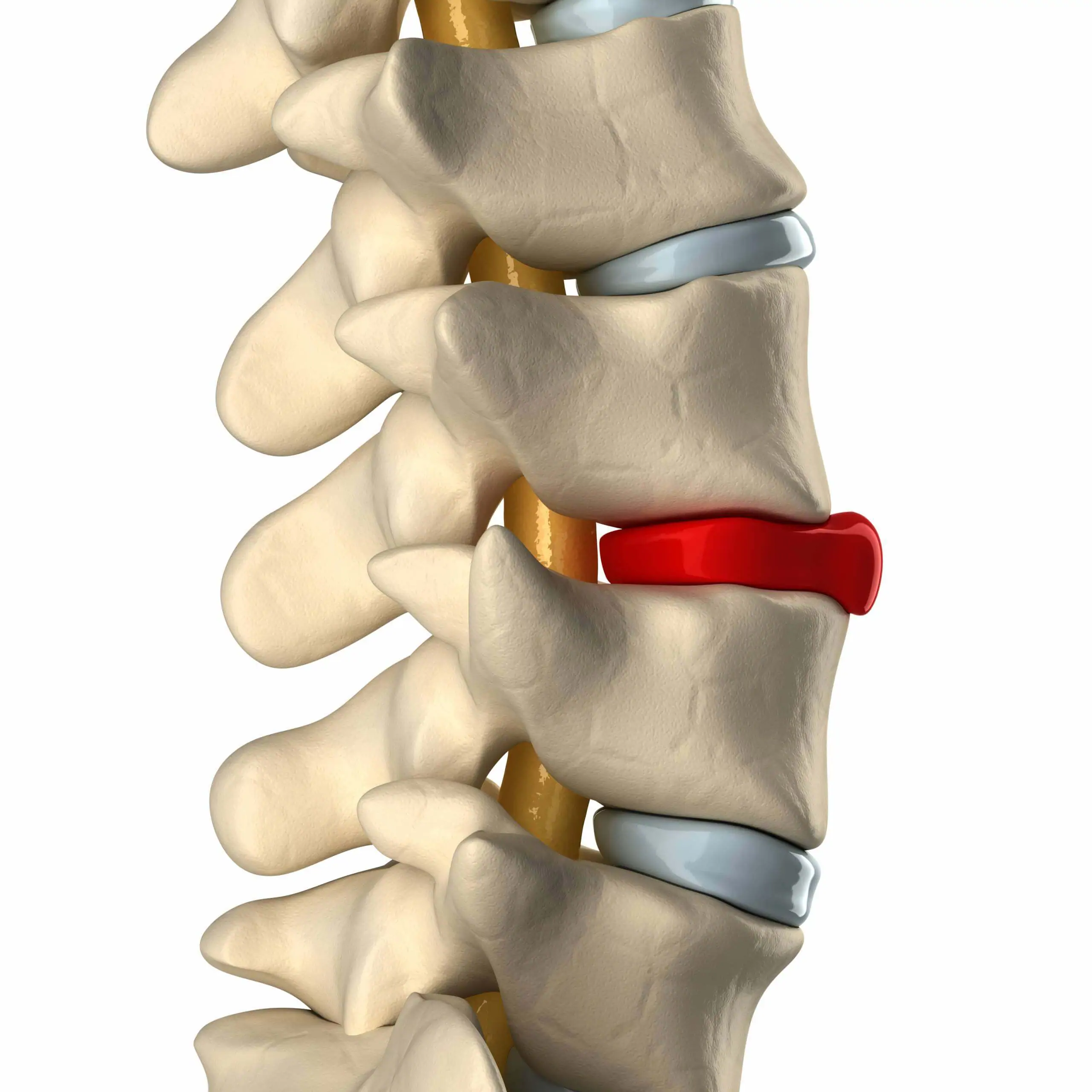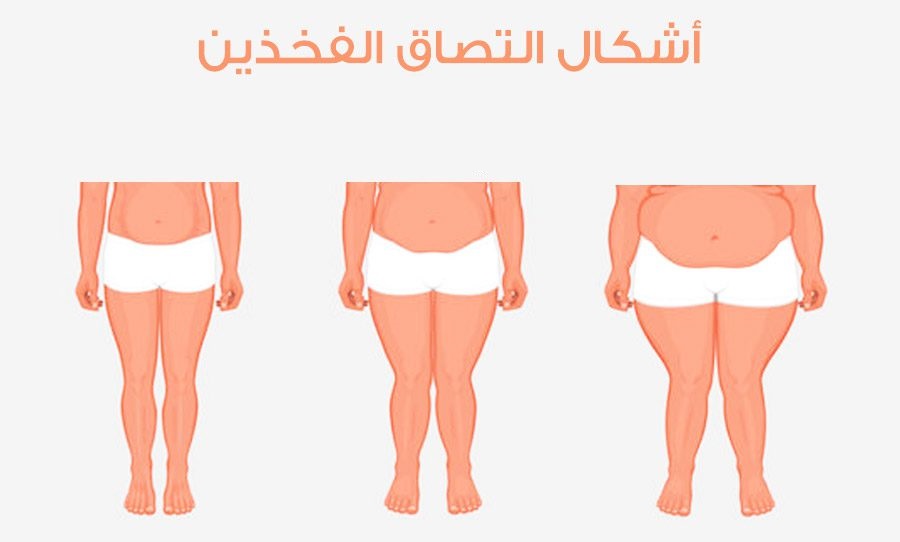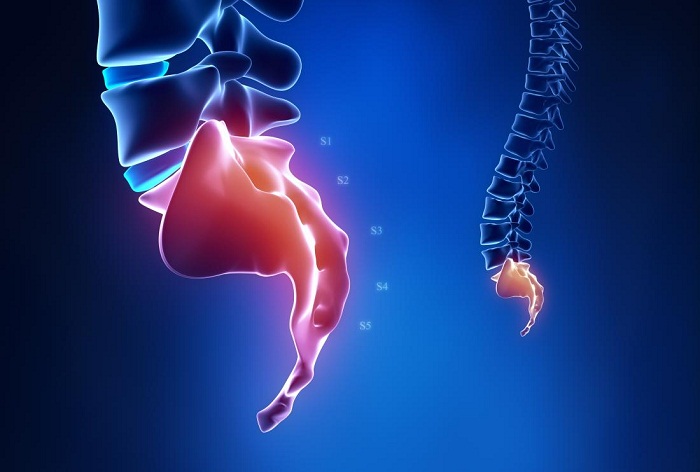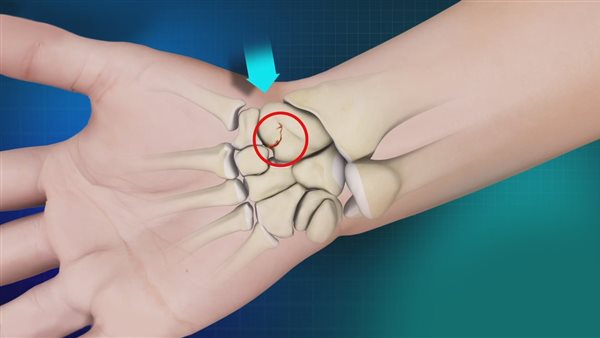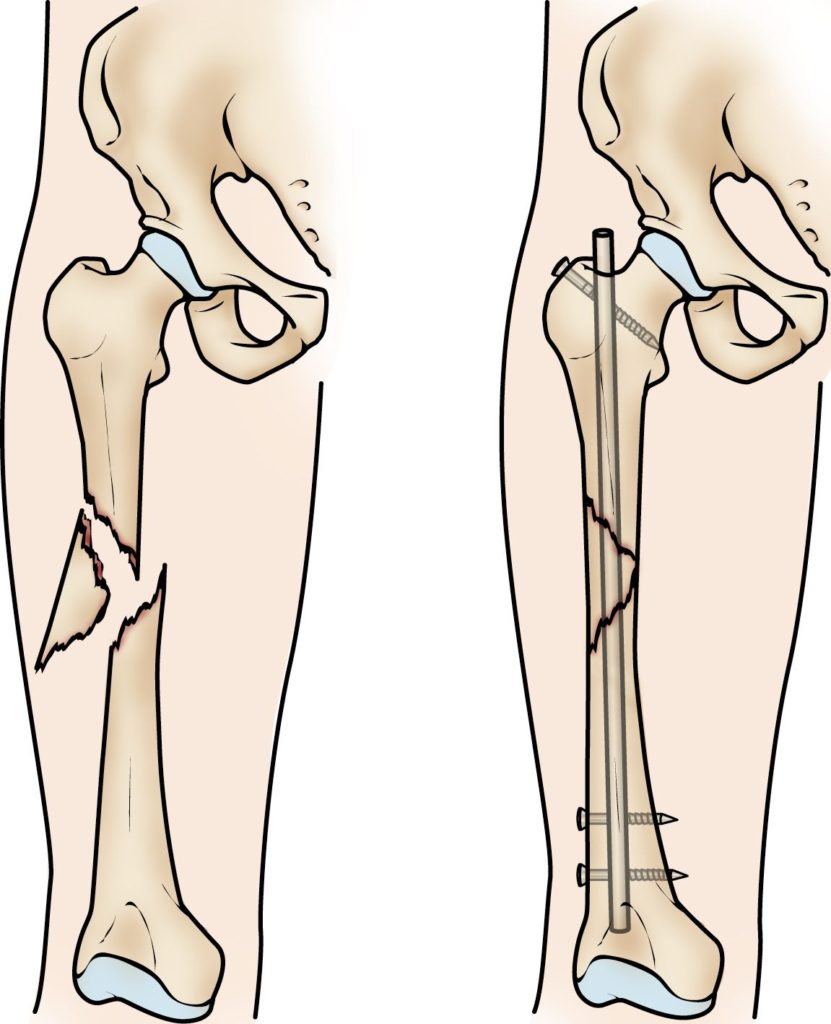Learn How to Wear a Cervical Collar and Can You Sleep with It?

How to Wear a Cervical Collar
The cervical collar is an important tool in the field of sports medicine and physical therapy. It is used to treat neck pain and immobilize it to facilitate healing and alleviate pain. In this article, we will discuss how to properly wear a cervical collar according to medical recommendations.
First, carefully remove the collar from its packaging. Ensure that the collar is not damaged or broken during this process.
Second, place the collar around your neck gently. Make sure it fits comfortably and does not cause any tightness or excessive pressure on your neck.
Third, wrap the collar around your neck carefully. The wrapping should be snug but not too tight. The collar should allow free movement of your head and neck while providing the necessary support to the muscles and vertebrae.
After wearing the cervical collar, you should feel the neck stabilized and supported. The collar works to reduce pain and expand the muscles, and it is preferred to sleep on your back to reduce pain, spinal pressure, and facilitate recovery. The use of the cervical collar should be in accordance with the guidance of the treating physician. This depends on the cause of neck pain and your individual health condition. Some may need to wear the collar for a long period, while others may only need it for a short time.
When you experience any back or neck pain, it is advisable to consult with a specialist doctor. The doctor can diagnose your condition and determine the appropriate type of cervical collar you need. Cervical collars can be used in cases such as neck inflammation, joint degeneration, and nerve inflammation. In addition to cervical collars, there are many other medical devices available for the treatment and relief of neck pain. You can find various neck braces and belts used for stabilizing and supporting the neck and vertebrae.
In conclusion, it is recommended to consult a specialized doctor before using a cervical collar or any other medical device. Strictly follow the doctor’s guidance and avoid wearing the collar for an extended period without consulting the doctor. Use the cervical collar correctly and benefit from its advantages in pain relief and overall neck health.
How Long Should You Wear a Cervical Collar?
The duration of wearing a cervical collar varies depending on the type and the specific condition. Some types are used for very short periods, not exceeding 48 hours, as prolonged wear can weaken neck muscles and exacerbate the problem. Other cases may require a longer duration.
A cervical collar is a brace used to align and immobilize the neck, reduce pressure on the spine, and relieve nerves in the neck. These devices are used in various conditions, such as injuries from car accidents, sports injuries, muscle strains, and ligament sprains in the neck, and sometimes in cases of sciatic nerve inflammation and arthritis.
For minor injuries and muscle or ligament strains in the neck, a cervical collar may be used for a short period ranging from 24 to 48 hours to immobilize the neck and reduce pain and swelling. However, wearing the collar for extended periods should be avoided, as it can weaken neck muscles and worsen the issue. In more severe cases such as spinal fractures, sciatic nerve inflammation, or arthritis, wearing the collar for a longer duration may be necessary. Individuals experiencing neck pain should consult a specialist doctor to determine the cause of the pain and receive an accurate diagnosis. Based on that, the doctor can determine the appropriate duration for wearing a cervical collar and guide the individual with suitable treatment methods such as physical therapy or specific treatments in the case of a disc herniation.
In conclusion, it’s important to note that a cervical collar is not a definitive treatment for neck pain but rather an assisting means to stabilize the neck and alleviate pain. Therefore, individuals should adhere to the doctor’s guidance and necessary treatment for complete recovery and to avoid complications.
Can you sleep with a neck brace?
Many people experience difficulty sitting up after waking up from sleep, which is why wearing a neck brace is recommended. So, can you sleep with a neck brace?
A neck brace is one of the tools used to reduce pain and improve the healing of injuries and rehabilitation after surgery. This brace helps stabilize the vertebrae and reduces the movement of the neck and head in general, which contributes to the healing process. Additionally, it alleviates pressure on the neck and surrounding tissues, allowing them to fully recover.
When considering daily use of a neck brace, it can be worn throughout the day and during sleep. Neck braces come in various styles, with comfortable and dual-use designs and improved versions. Wearing the brace continuously can provide excellent support and pain relief.
However, extreme caution should be exercised when dealing with a neck brace, especially when removing it before sleep. Moving your neck without wearing the brace can put severe pressure on the neck muscles. Therefore, before sleeping, ensure that the bed provides sufficient comfort and that the firmness or softness of the mattress does not negatively affect your neck.
You should maintain your neck in a natural and straight position with the rest of your body, without leaning forward or backward. It is preferable to lie on your back in a straight position rather than sleeping on either side. This helps reduce pressure on the neck and improve your body posture while sleeping.
In conclusion, it is safe and effective to sleep with a neck brace because it reduces neck movement and provides the necessary support for the vertebrae. If you have a neck injury or experience moderate pain not caused by an injury, wearing a neck brace may be a good option for pain relief and improving your condition.
However, you should consult a doctor before making any decision about using a neck brace, as they can provide appropriate advice based on your individual health and needs. Personal medical consultation is the best way to ensure that the neck brace is suitable and effective for you.
What are the benefits of wearing a medical neck brace?
A medical neck brace, also known as a cervical collar, is one of the medical tools used to stabilize and support the cervical spine and the head. It is worn around the neck to reduce neck movement, align it, and provide support and stability to the cervical spine. Medical neck braces have important benefits in the treatment of neck-related injuries and conditions and spinal issues.
The primary benefits of a medical neck brace include stabilizing neck movement, warming the muscles, and relieving neck pain by helping carry the weight of the head. It reduces excessive movement of the neck and controls side, front, and back deviations, thus stabilizing the spinal column and reducing neck pain.
Medical neck braces are also effective in preventing injuries and shocks. With a neck brace in place, head and spinal movement is reduced, protecting them from external impacts and reducing the risk of injury or exacerbation of existing injuries.
Additionally, medical neck braces can be used in neck surgery procedures. After surgery, the neck brace can aid in recovery by reducing movement and rotation, thus improving the healing process and reducing potential complications.
It is worth mentioning that there are different types of medical neck braces, and the use and benefits of each type vary. Consult a doctor before using a medical neck brace and choose the most suitable type for your specific medical condition or injury.
However, it is not recommended to use a medical neck brace randomly or without medical consultation. It should be used under the supervision of a doctor and for a limited duration according to medical guidance. Healthcare providers can provide specific instructions on how to use the medical neck brace and what to do and not to do while wearing it.
In general, it can be said that a medical neck brace has important benefits in stabilizing and aligning the neck, relieving neck and spinal pain, reducing the risk of injuries and shocks. However, it should be used with caution and under medical supervision to ensure optimal benefits and avoid potential complications.
How long does cervical disc herniation pain last?
It should be understood that the duration of recovery from cervical disc herniation is not consistent in all cases and depends on the individual’s symptoms and the severity of the condition. However, it typically ranges from several days to a few months.
The most common symptoms of cervical disc herniation include muscle spasms and pain in the back and neck. When cervical disc herniation occurs, a small part of the disc’s nucleus protrudes outward through a tear in the annulus, which can press on nerves and cause pain.
Individuals with cervical disc herniation may experience sharp or burning pain in the shoulder and arm, and this pain may radiate to the arm or leg when coughing, sneezing, or moving in certain positions. The pain can be debilitating and impact the person’s daily life.
The duration of recovery from cervical disc herniation varies from case to case. In mild cases, recovery may take several days or weeks, with pain reduction and improvement achieved through conservative treatment that includes rest, avoiding strenuous physical activities, applying cold or hot packs, and taking prescribed pain relievers.
In more severe cases, surgical intervention may be necessary to treat cervical disc herniation. The need for surgery is determined based on symptom evaluation and medical diagnosis. The goal of surgery may be to remove the herniated disc material or stabilize the affected vertebrae with a solid structure.
Although surgery may be necessary in some cases, it is not a definitive solution and does not guarantee complete recovery. The person may need an extended period of physical therapy and rehabilitation to regain natural movement and strengthen the muscles around the neck.
Individuals with cervical disc herniation should follow the instructions of their treating physician and take care to avoid factors that could increase the risk of injury or negatively affect the healing process. Regular exercise and a healthy lifestyle can help prevent disc herniation and promote overall neck health.
In general, it is advisable to seek medical consultation from specialized doctors to assess the condition and determine the appropriate treatment and expected duration of recovery.
Is neck surgery dangerous?
Neck surgery, specifically cervical spine surgery, involves the removal of cervical disc material and its replacement with an artificial disc. Many people have concerns about the safety of neck surgery, but is this surgery truly dangerous? Let’s explore some key details on this topic.
The surgical removal of cervical disc material is a procedure with a relatively high success rate. This surgery is used to alleviate neck pain and other symptoms associated with cervical disc problems, such as numbness and tingling. The replacement of a disc with an artificial one is considered to be a generally safe procedure, with many cases being performed without significant health complications.
However, it’s important to note that there are some risks associated with cervical disc replacement surgery. Allergic reactions to medications used in the procedure can occur. Additionally, there is a risk of reduced range of motion or displacement of the artificial disc over time.
Furthermore, it should be understood that there is a risk of complications in any surgical procedure, especially in surgeries involving the cervical spine. Performing surgery in close proximity to the spinal cord and spinal nerves can potentially lead to very serious complications. These complications may include ongoing pain, post-surgical weakness, the need for additional surgeries, and severe nerve or spinal cord injuries.
It’s worth mentioning that some cervical spine and neck surgeries may not be successful, potentially leading to various complications. Pain caused by the injury may not be adequately reduced, and in some cases, it may worsen.
In general, the decision to undergo neck surgery should be based on a comprehensive evaluation of the individual’s health condition and potential risks. Doctors should explain the risks and potential benefits of the surgery to the patient before proceeding. Following surgery, it’s important to follow the treating physician’s instructions to minimize the risk of complications.
Ultimately, the decision to undergo neck surgery should be made based on a personalized assessment of the individual’s health condition and the potential risks and benefits. All questions and concerns should be discussed with the treating physician to obtain reliable information and alleviate potential anxieties.
Is the medical neck brace available in different sizes?
The medical neck brace is a device used to provide support and stabilization for the neck and is used in the treatment of various conditions such as neck stiffness and cervical disc and joint inflammations. Medical neck braces are available in different sizes to accommodate the varying needs of individuals. The appropriate size for a medical neck brace is determined based on the measurement of neck length.
The soft medical neck brace is one of the well-known models of medical neck braces, offering moderate support to the affected neck. This brace comes in four sizes: S, M, L, XL. To determine the right size for you, you can follow these steps:
Measure your neck length: You can use a measuring tape to measure the length of your neck. Place the tape around your neck snugly but not too tight. Measure the length in inches or centimeters.
Use the size chart: After measuring your neck length, you can refer to the size chart provided on the manufacturer’s website or in the product description. You will find a chart that shows the available sizes and the corresponding lengths for each size.
Choose the appropriate size: Based on your neck length measurement, look for the size that fits your neck length.
Regardless of the brand of the medical neck brace, they typically offer a wide range of sizes to meet the needs of different individuals. People with neck problems should consult with a specialized physician to diagnose the condition and determine the appropriate size for the medical neck brace.
It’s important to note that wearing a medical neck brace for extended periods may lead to muscle weakness due to reduced natural neck movement. Therefore, it’s essential to follow the treating physician’s guidance regarding the duration of wearing the medical neck brace and how to use it correctly.
As for the price of the soft medical neck brace in Egypt, it can vary depending on the place of purchase and the authorized dealer. It’s advisable to research specialized stores for orthopedic devices and medical braces to get the best prices and certified medical services.
In conclusion, using a medical neck brace can be beneficial for various conditions such as neck stiffness and cervical disc and joint inflammations. The right size for the medical neck brace should be chosen based on your neck length measurement, and consultation with a specialized physician is recommended. Following proper usage guidelines and the prescribed duration of wearing the medical neck brace is important to achieve the best results.
What is the success rate of cervical disc surgery?
Cervical disc surgery, also known as Anterior Cervical Discectomy and Fusion (ACDF), is a surgical procedure used to treat cervical disc herniation or slipped discs in the neck. This surgery is performed to alleviate pain and improve the mobility of the cervical spine.
The success rate of cervical disc surgery is very high, reaching up to 93% according to available data. A spine surgery consultant suggests that the success rate can even reach 100% in some cases. However, it’s important to understand that results may vary from case to case and depend on several factors such as the patient’s condition and the surgeon’s skill.
Cervical disc surgery is considered a safe and effective surgical procedure, utilizing modern techniques such as minimally invasive surgery and spinal fusion. Despite being a surgical procedure, it is generally not considered a high-risk surgery. Common side effects of this procedure include pain, swelling, and temporary scarring at the surgical site. These side effects are typically managed with medications and appropriate rest.
The duration of a cervical disc surgery varies depending on several factors, including the number of vertebrae being treated and the patient’s condition. Generally, disc removal takes about an hour to an hour and fifteen minutes, while vertebrae fusion may take around two hours. After the surgery, patients typically require a recovery period ranging from two to three weeks before they can resume their normal activities. For spinal fusion, it may take two to three months for complete recovery.
It’s worth noting that there are many rumors and misconceptions about spinal surgeries in general, which can cause fear and anxiety for many people considering any surgical intervention. However, it’s important to remember that modern surgical techniques and minimally invasive approaches yield good results and reduce complications and side effects.
In summary, the success rate of cervical disc surgery is high, and it is considered safe and effective in treating cervical disc herniation. Patients should communicate with specialized doctors to evaluate their individual conditions and concerns before making any decisions about undergoing the surgery.
Do neck vertebrae affect the eyes?
Neck problems are common health issues affecting many people worldwide, with up to 70% of individuals experiencing neck pain that impacts their daily lives. Although the pain is located in the neck, it can radiate to other parts of the body, including the eyes.
Many people experience eye pain and strain simultaneously with neck and upper back pain. This may be due to muscle tension in the neck and shoulders, as tight and stiff muscles can compress the nerves associated with the eyes at the back of the neck. This compression can lead to eye pain and strain as a result of neck pain.
When there is muscle tension in the neck, upper back, and shoulders, it can also affect the posterior part of the skull, known as the occipital region. This muscular tension may cause headaches that affect the area around the eyes. Additionally, muscular tension in the upper back, shoulders, and neck can disrupt binocular vision and cause other visual disturbances.
A study examined this relationship between neck problems and the eyes in a group of children and adolescents experiencing unspecified neck pain. The study found that 21% of them experienced eye-related complications. The study also indicated that neck pain, in general, can lead to physical, psychological, and social complications.
Therefore, it can be said that neck problems indirectly affect the eyes. People experiencing both neck and eye discomfort should pay attention to the health of their neck and eyes and take necessary measures to alleviate pain and strain in these areas. Consulting a doctor may be necessary to assess the condition and determine appropriate treatment, whether it involves physical therapy, muscle-strengthening exercises, or pain relief medications.
In conclusion, it’s important to recognize that the body functions as an interconnected system, and problems in one area can affect other parts. People with neck problems should be aware of their potential impact on the eyes and take necessary actions to maintain neck and eye health.
What are the symptoms of cervical spine compression?
Cervical spine compression on the nerves is a condition that occurs due to excessive pressure on the nerves in the neck region. This pressure can have a negative impact on the nerves and surrounding tissues, leading to various symptoms.
Symptoms of cervical spine compression on the nerves can vary in severity and their impact on an individual’s daily life. These symptoms may include:
- Neck Pain: Neck pain is one of the prominent symptoms that may indicate nerve compression. The severity of the pain can range from mild to severe and can be constant.
- Numbness and Tingling: A person experiencing nerve compression may feel numbness and tingling in different areas of the body, such as the shoulder, arm, and fingers. This numbness and tingling can be temporary or chronic and can affect limb movement.
- Muscle Weakness: Compression on the nerves can lead to muscle weakness in the affected areas, particularly in the shoulder, arm, and hand. This can impact a person’s ability to perform daily activities normally.
- Restricted Movement: Individuals with cervical spine nerve compression may find it difficult to move their neck and turn it naturally. This may be accompanied by a sensation of stiffness and rigidity in the neck.
- Persistent Headaches: Those with cervical spine nerve compression may experience persistent and chronic headaches. These headaches may worsen with head movement or daily activities.
It’s important to note that these symptoms can develop gradually or suddenly, vary from person to person, and depend on the severity and duration of nerve compression.
Cervical spine nerve compression can lead to serious complications if not treated properly. Among these complications are:
- Loss of Bowel or Bladder Control: Nerve compression in the neck region can lead to loss of control over the bowels or bladder, requiring immediate medical attention.
- Severe Leg Pain and Weakness: In advanced cases of cervical spine nerve compression, individuals may experience severe leg pain and weakness. Prompt medical evaluation and appropriate actions are necessary in such cases.
When symptoms of cervical spine compression on the nerves appear, it is crucial to consult a healthcare professional for a proper diagnosis and to establish an appropriate treatment plan. Treatment for cervical spine nerve compression may involve a specialized medical team, including orthopedic surgeons, neurologists, and physical therapists.
Common causes of cervical spine nerve compression include cervical spondylitis, improper neck posture, and abnormal cervical vertebrae positions. These factors can lead to nerve compression and the resulting symptoms.
To prevent cervical spine nerve compression, it is recommended to maintain a healthy lifestyle, regularly engage in physical exercise, and practice proper neck posture while sitting, sleeping, and performing daily activities.
In conclusion, individuals experiencing symptoms of cervical spine compression on the nerves should seek medical attention from a healthcare professional to receive an accurate diagnosis and appropriate treatment. Ignoring these symptoms can lead to serious health issues that may require immediate intervention.






